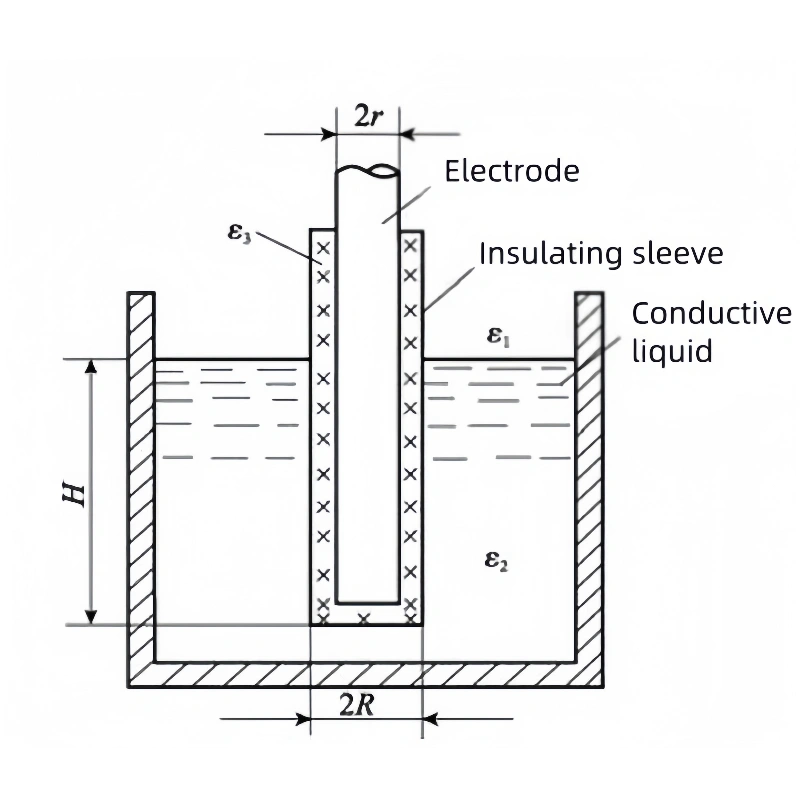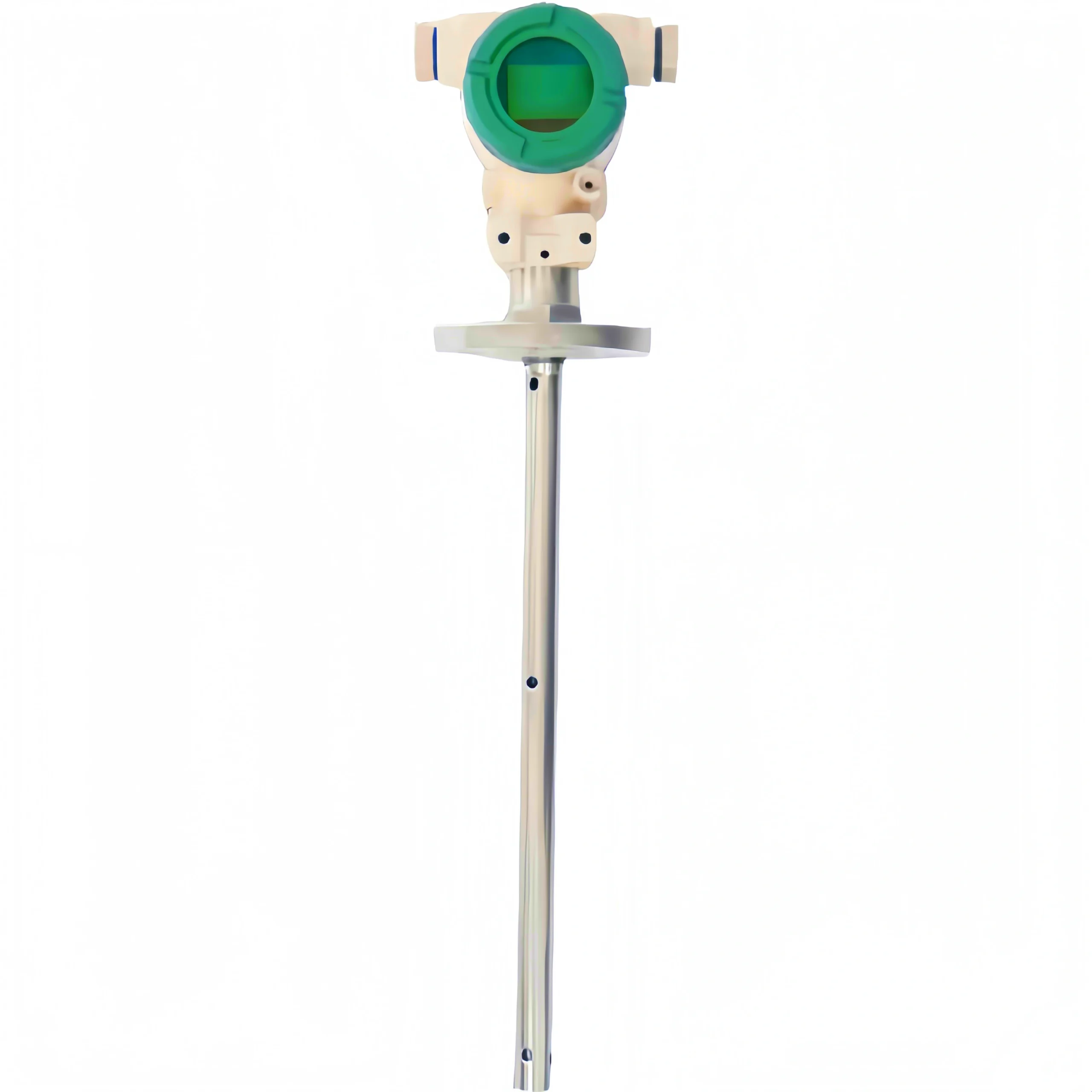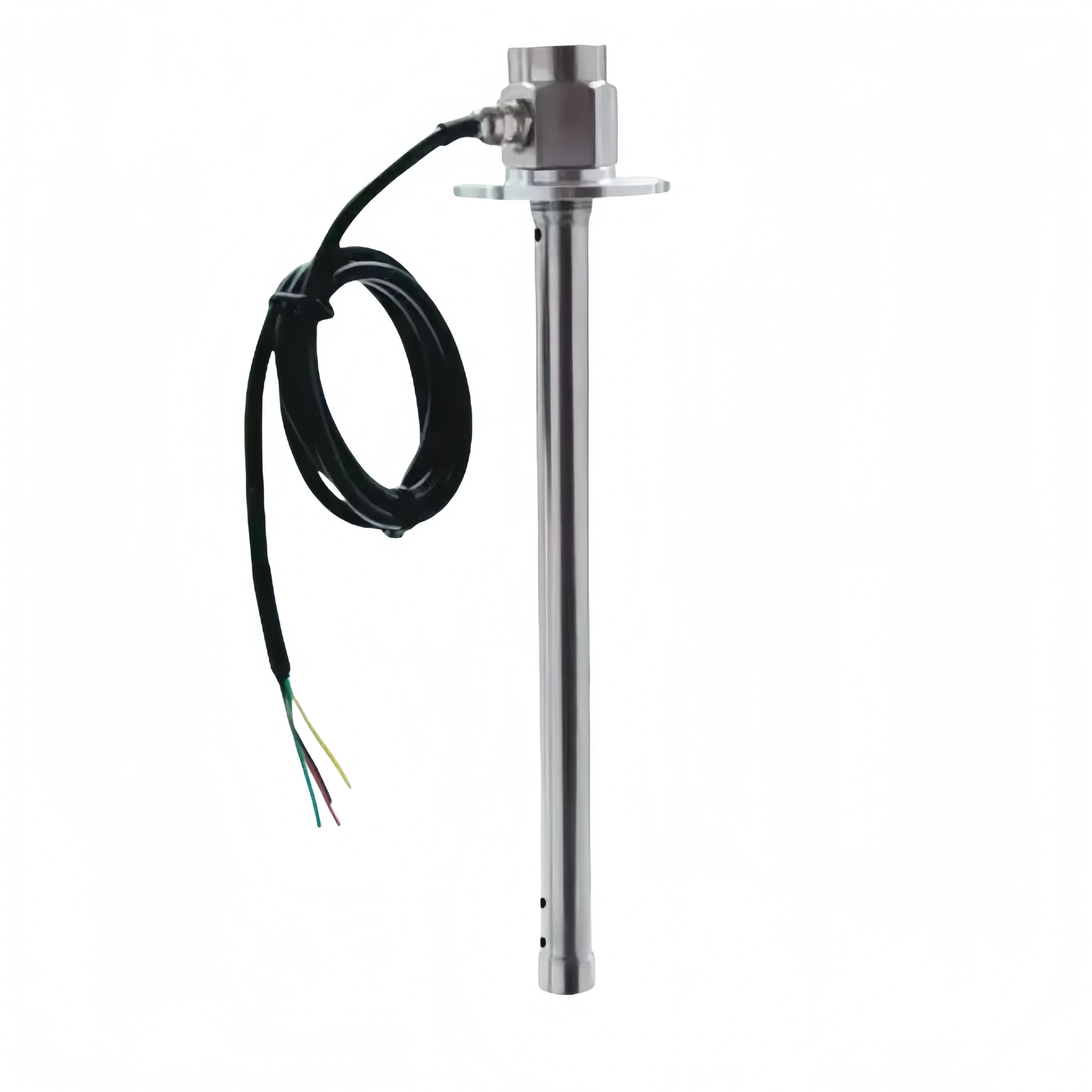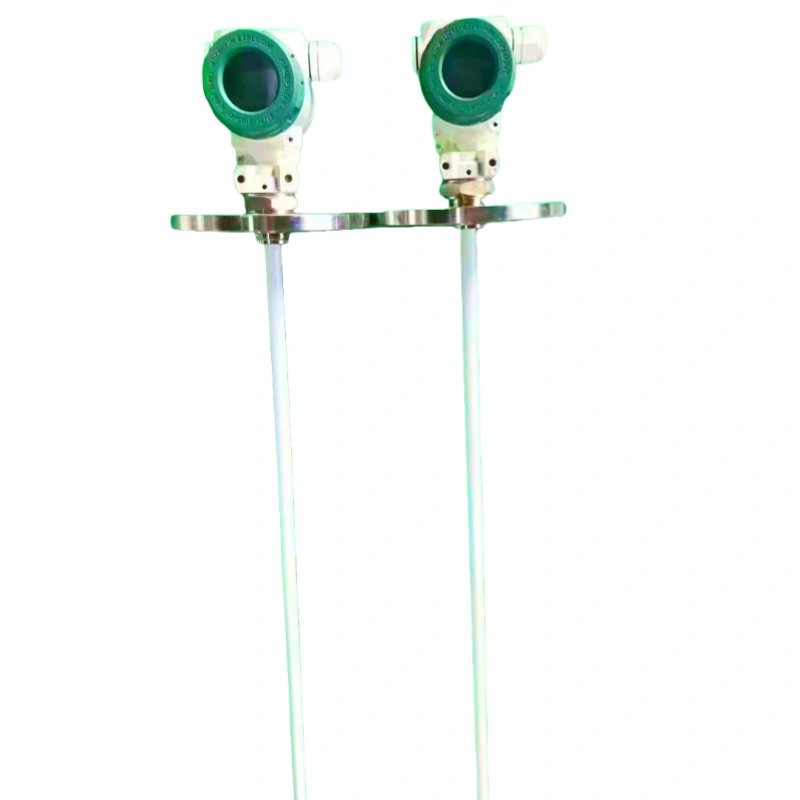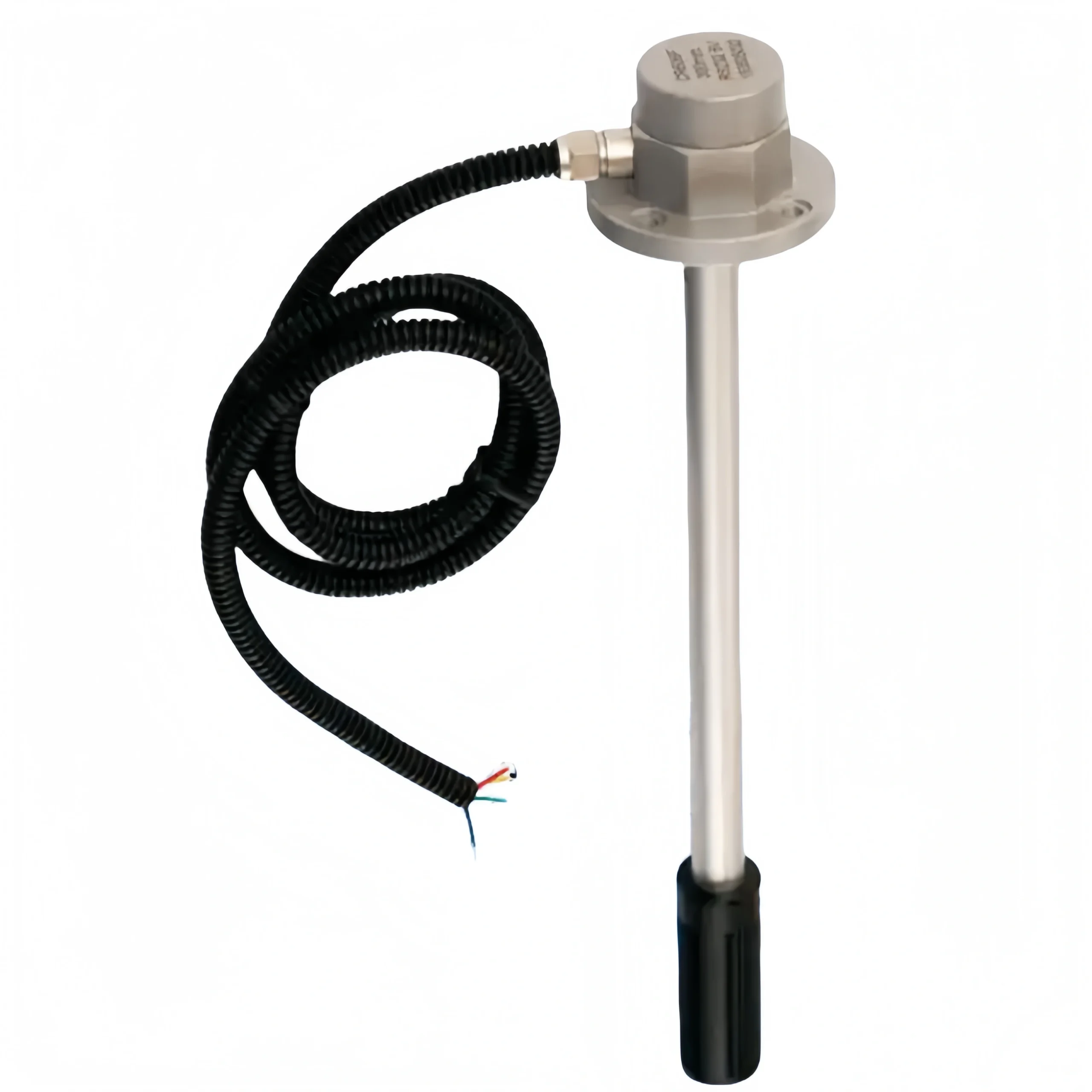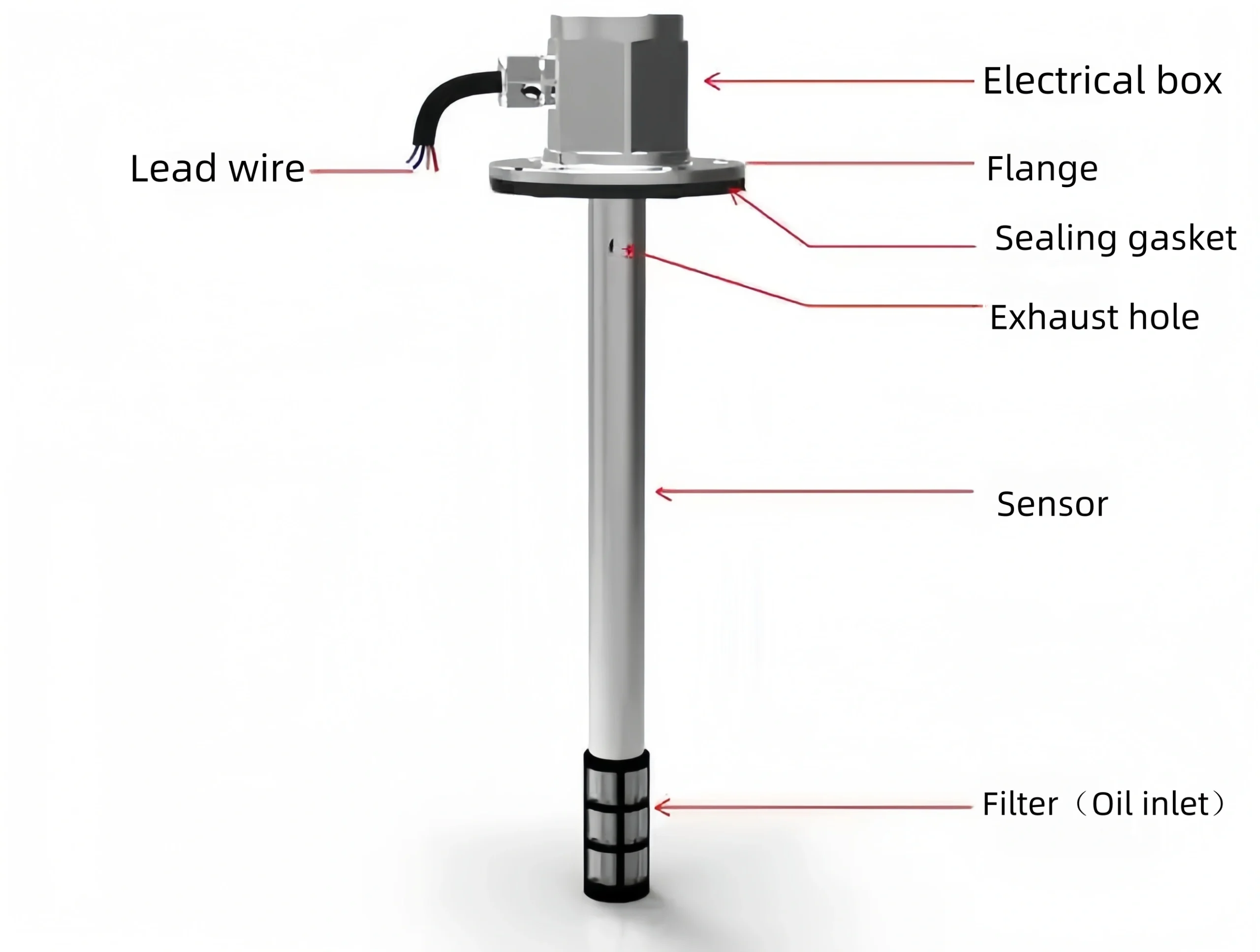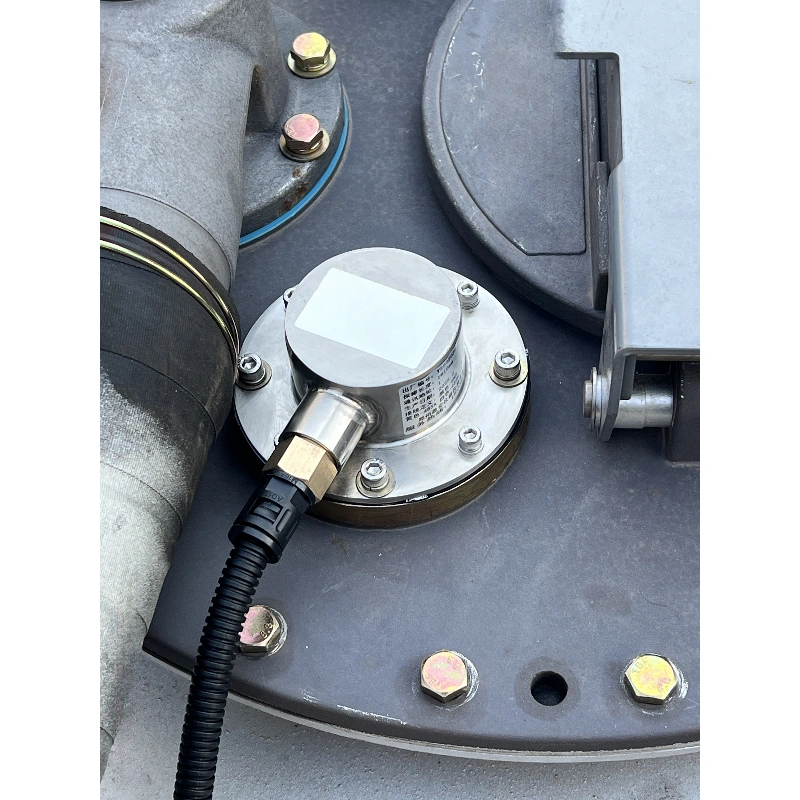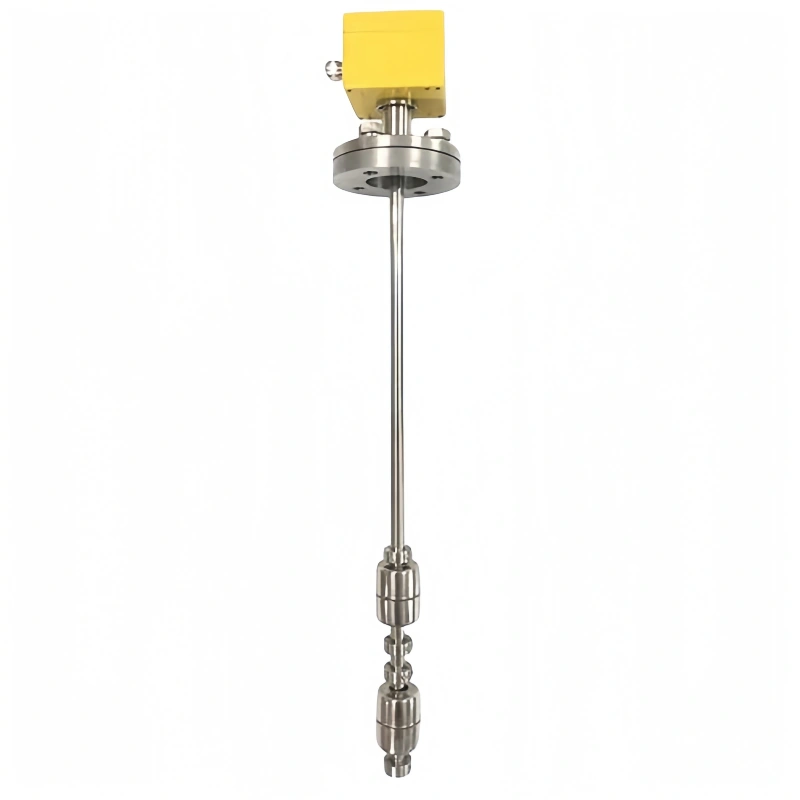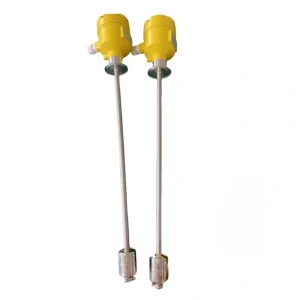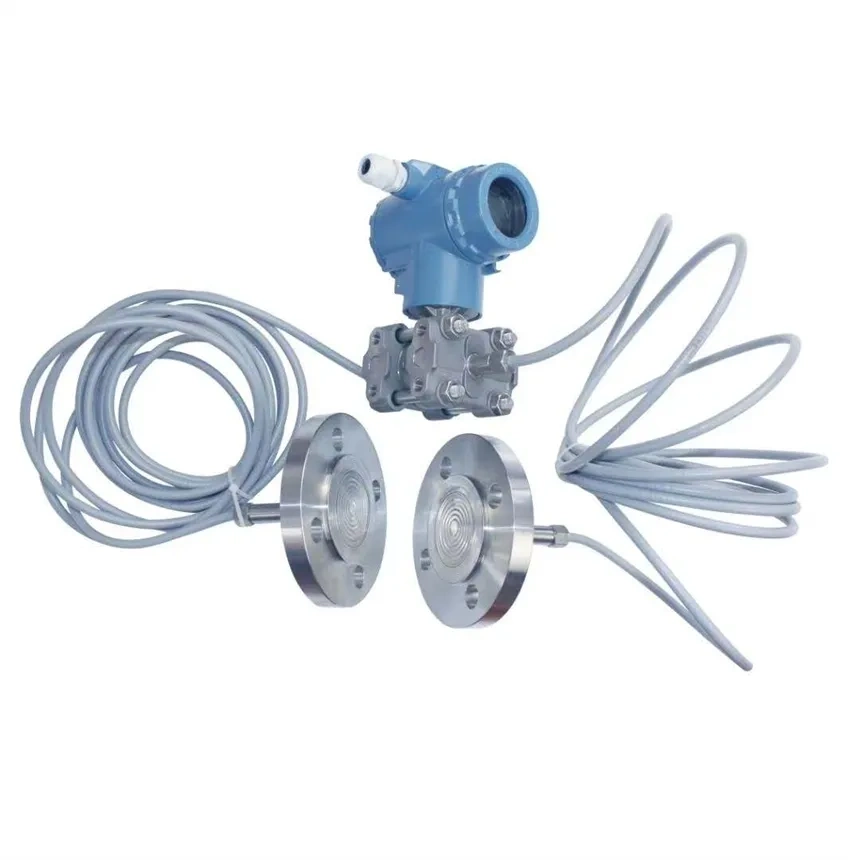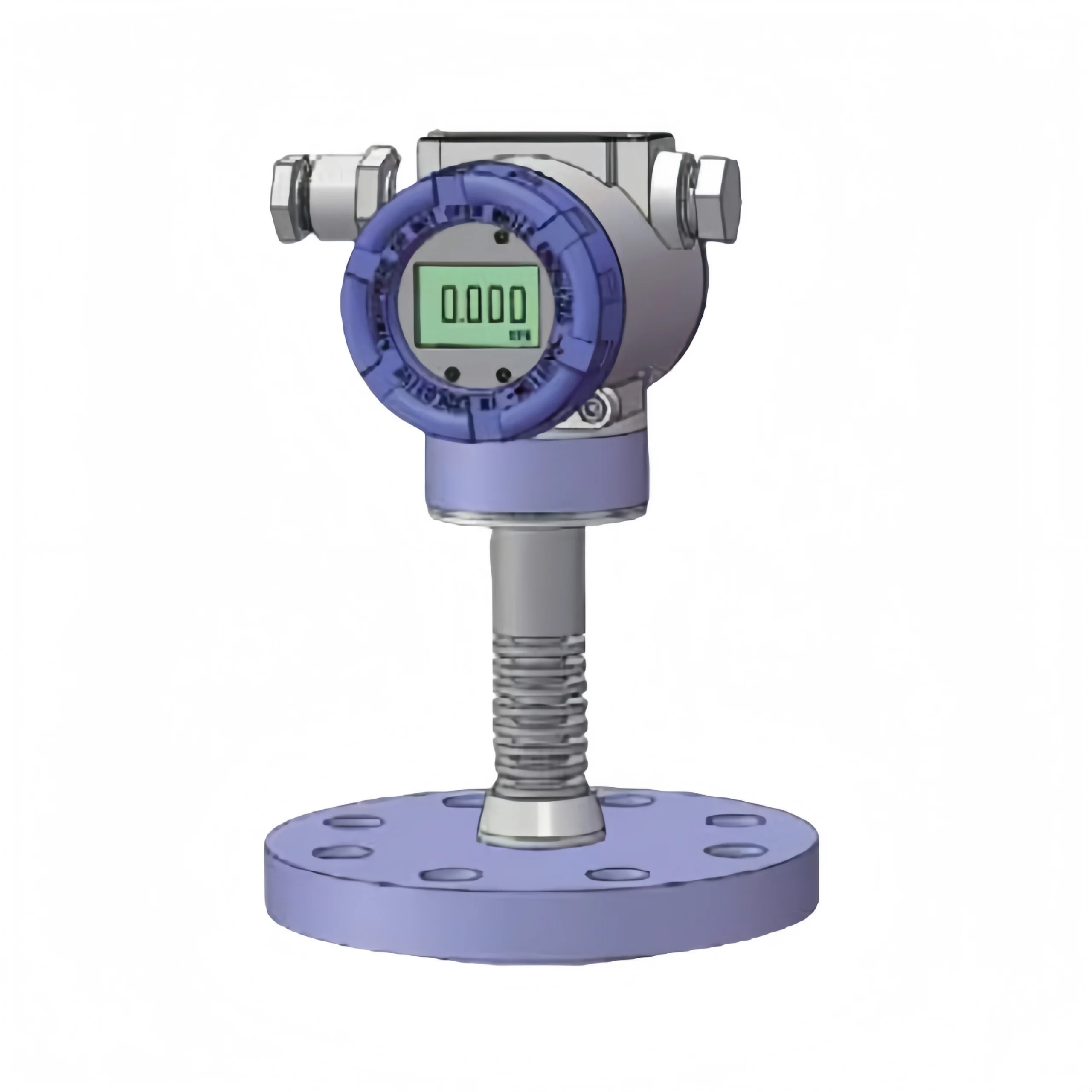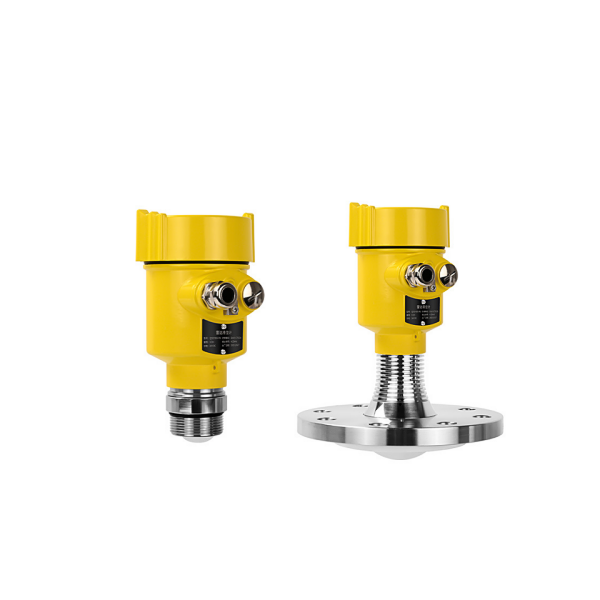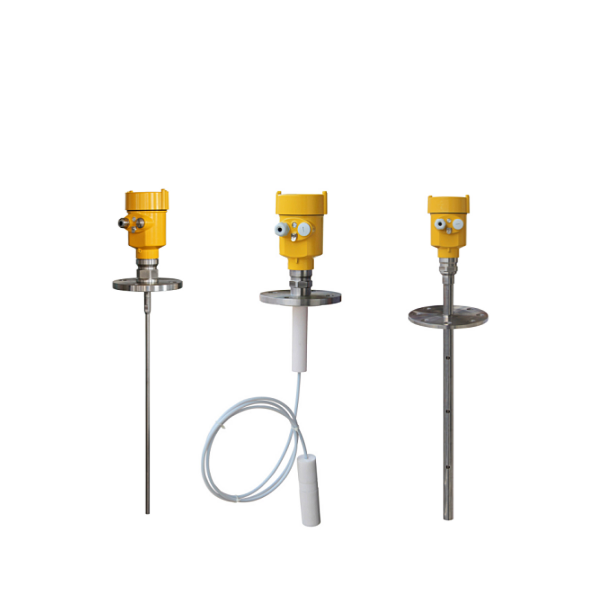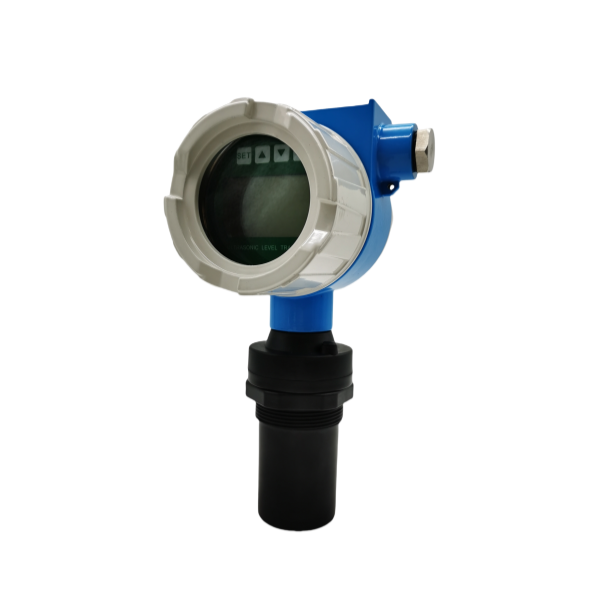What Happens When a Fuel Level Sensor Goes Bad?
How to deal with oil level sensor failure?
The oil level sensor is an indispensable component in mechanical equipment such as automobiles. It is responsible for monitoring the amount of oil. However, due to various reasons, the oil level sensor may fail, resulting in the inability to accurately monitor the amount of oil, which in turn affects the normal operation of the equipment.
So, how should we deal with it? Next, we will delve into the analysis and solution of the oil level sensor failure.
- Fault phenomenon: no output or unable to communicate
Solution: First check whether the wiring is correctly connected, and then check whether the power supply voltage is higher than 10V when loaded, and at the same time confirm whether the power supply current is within the range of 4~20mA.
- Fault phenomenon: The output value remains unchanged
Possible reasons: abnormal power supply voltage, external interference, sensor blockage or sensor failure itself.
Solution: First check whether the power supply voltage is stable when loaded. If it is unstable, adjust it. Next, make sure there is no serious interference source around the sensor. Then, check whether the upper and lower holes of the sensor are blocked. If blocked, clean it.
- Fault phenomenon: significant output value error
Possible reasons: power supply voltage fluctuation, external interference, sensor blockage, incomplete adaptive function or sensor failure itself.
Solution: First, check whether the power supply voltage is stable under load. If abnormal, adjust it. At the same time, make sure there is no strong interference source around the sensor. In addition, check carefully whether the upper and lower holes of the sensor are blocked. If there is a blockage, clean it in time.
- Fault phenomenon: The output value jumps up and down
Possible reasons: oil level fluctuation, unstable power supply voltage, external interference, sensor failure.
Solution: First, check whether the oil level is stable. If the oil level is found to be jumping, check the relevant mechanical parts. At the same time, check whether the power supply voltage is normal to ensure that there is no abnormal fluctuation. In addition, it is necessary to carefully check whether there is a strong interference source around the sensor.
If the problem cannot be solved after the above steps, it can be judged that the sensor itself is faulty and needs to be replaced with a new sensor.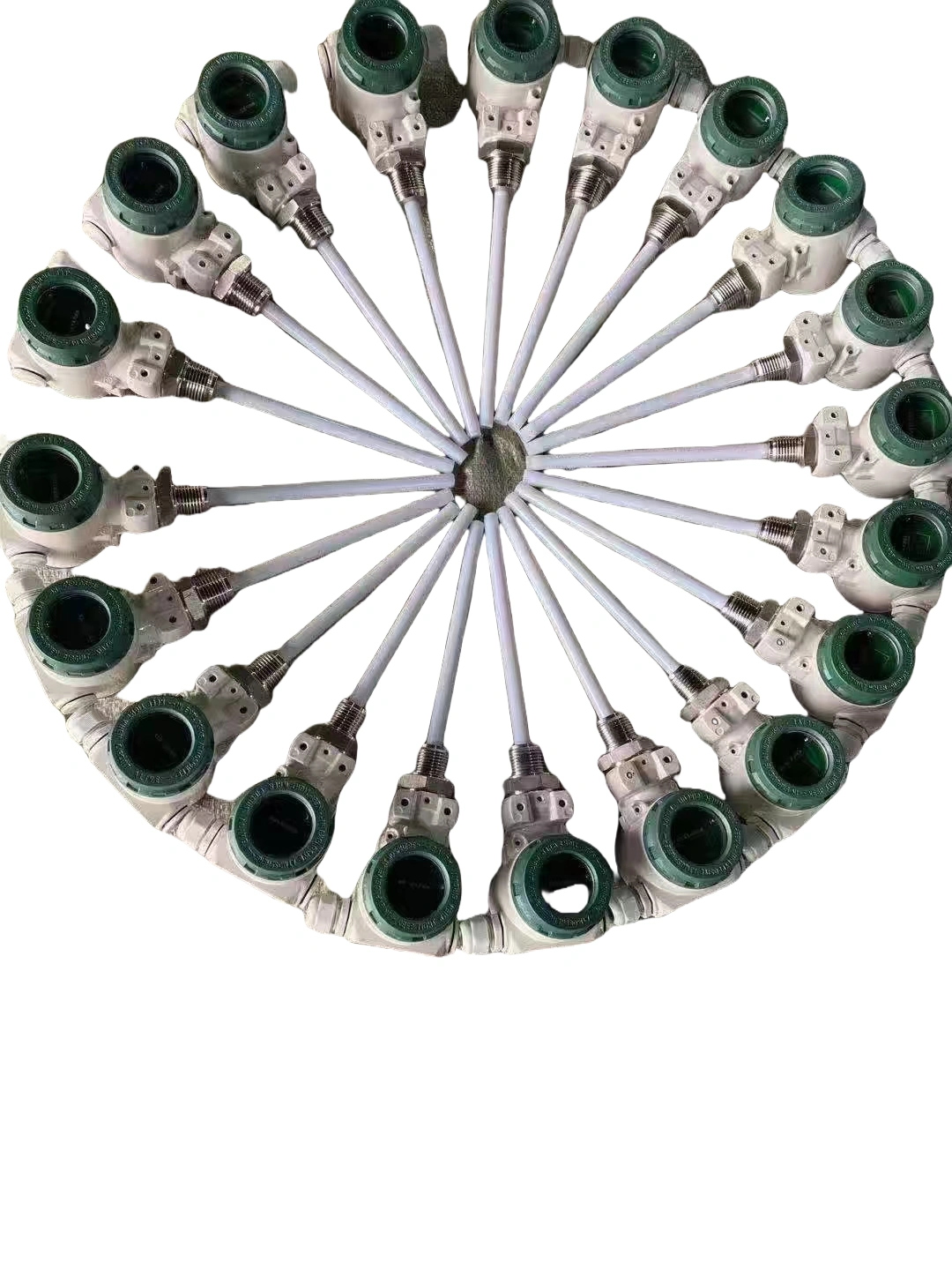
Capacitive Fuel/Oil Level Sensor Working Principle
Capacitive oil level sensors detect oil level by measuring changes in capacitance.
Its working principle is as follows:
- There are two electrodes inside the sensor, one of which is fixed on the outer wall and is called the reference electrode, and the other electrode is immersed in the liquid.
- When the liquid level changes, the capacitance between the liquid and the electrode will also change. The capacitance of the part immersed in the liquid is larger, and the change in capacitance is inversely proportional to the liquid level.
- The sensor can know the oil level of the liquid by measuring the change in capacitance.
It should be noted that capacitive oil level sensors need to be calibrated to ensure the accuracy of the measurement, because factors such as liquid properties and temperature may affect the capacitance value. Usually, the sensor will provide a calibration button or calibration procedure, and the user can adjust it according to the actual situation.